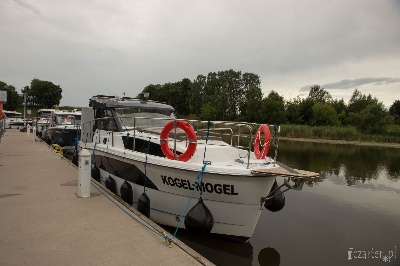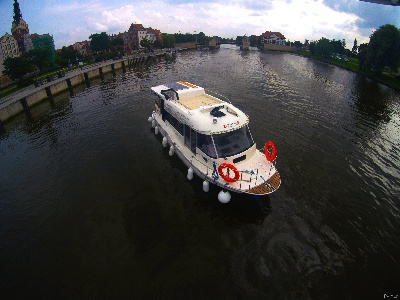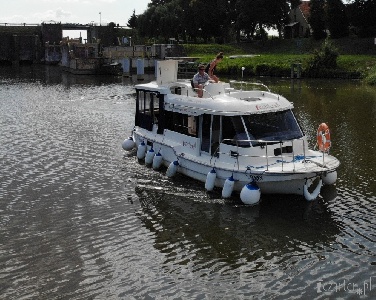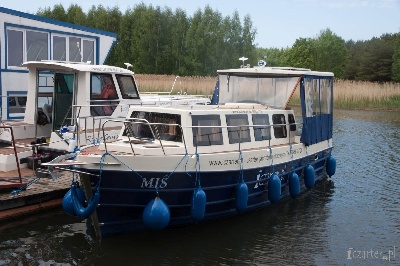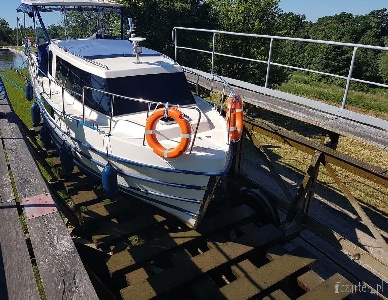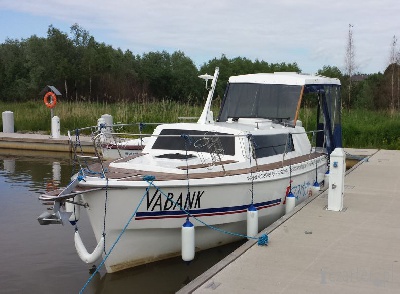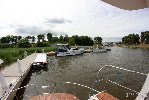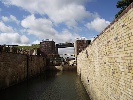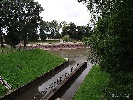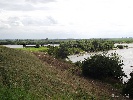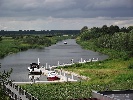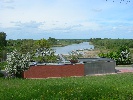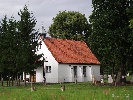Biala Gora
charters of motor yachts
The Zulawy Loop » Biala Gora
Biała Góra is a former slavic settlement. In place of fork of the Vistula and the Nogat was founded in the twelfth century castle Zantyr. In the early Middle Ages the town belonged to the Dukes of Gdansk. She was given at the beginning of the thirteenth century. Christians missionary bishop, who led the Christianization of the Prussian tribes. In the years 1251 - 1280 was the seat of the Teutonic Zantyr commander. Competition for the Prussian lands constituting the enclave pagan between the Cistercians and the Teutonic Order was won in the end by the law. After moving komturship Malbork castle was demolished by the Teutonic Knights.
Biała Góra was on the junction of Polish, Free City of Danzig and Prussia. In 1918 took place the manifestation of the German population after the Treaty of Versailles unfavorable in 1918.
In Biała Góra was created a very interesting team of hydraulic structures, built since the sixteenth century, to separate the waters of the Vistula and Nogat. The system was expanded in the early twentieth century. It consists of sluce and weirs and flood gates between the valley of the Vistula and the Nogat and the lock on the river flowing into the Nogat Liwa.
Biała Góra is a beautifully embedded in the landscape forest. The surrounding village woods provide peace and tranquility microclimate. Forests offer a wealth of game, lake and river allow fishing. It lies within the beam path are located and trails foot - bicycle on site there are two grocery stores where you can easily stock up on basic foodstuffs.
The White Mountain on the river Nogat was watchtower which may moor small yachts, passenger ships, canoes and boats. From the land side it can be reached on foot path leading from the parking lot located in the provincial road No. 603. There is a winter hangar intended for the water equipment and Boating base being sanitary facilities for boaters and kayakers. The marina is the perfect parking place for tourists aiming waterway Tczewa both from Malbork and to the south, as well as from the Kwidzyń to the north.

